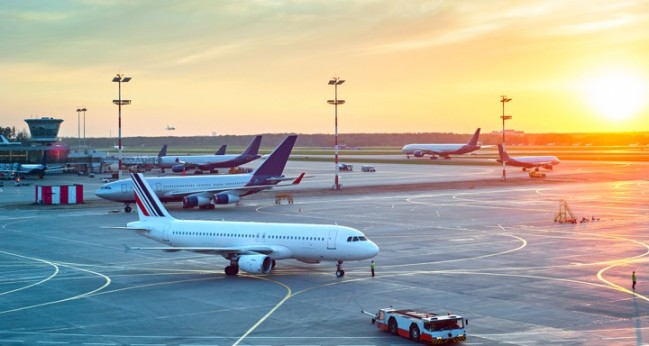How Jewar Airport will Benefit Noida’s Shortfall Realty Market?
The Uttar Pradesh Government has considered the construction of a Greenfield Airport at Jewar. The proposal of Jewar International Airport was first introduced in 2001. The proposed site for the airport is located at a distance of 40 to 50 km from Greater Noida and Noida respectively. Government of Uttar Pradesh interested in making Jewar Airport the biggest airport in the world by increasing the number of runways to eight. Once completion of the project, it could compete with Chicago’s O’Hare International Airport, which at present has seven runways.
Jewar Airport is building on Public-Private Partnership (PPP) and Yamuna Expressway Industrial Development Authority (YEIDA) is the implementing authority for it. Along with the C.M, Yogi Aditya Nath, the government started working on the procedure of obtaining the land for the project which they made was up to 3000 acres and an estimated cost of around 20,000 crores estimated to be operational by 2022-2023.
The Yamuna Expressway Industrial Development Authority (YEIDA) will first have to take 1239.94 hectares of land from 3,000 farmers to develop the phase-1 of the airport. For an operational airport, the land will have to be taken from 5000 farmers.
Phase-1 of the project will have two runways and the Noida International Airport Limited (NIAL) will send the proposal for eight runway airport to the state government.
The Jewar Airport will hold an Aerocity on the plans of the one at the IGI airport. Plans are also to link the $-3.1 billion Jewar airports with the Delhi’s Metro’s Aqua Line by 2025. The government is also analyzing the probability of linking the airport with Sarai Kale Khan, a major bus transit depot in the national capital, through a dedicated Rapid Rail Transit System (RRTS). Later, the Jewar airport could be connected with the Eastern Peripheral Expressway that connects Haryana’s Palwal with Kundli, bypassing the Delhi.
The Jewar Airport once completed will be National Capital Region’s (NCR) 2nd airport and is expected to take the load off Delhi’s Indira Gandhi International Airport. The 2nd airport in the NCR region, along the 165-km Yamuna Expressway, is expected to be operational by 2022-23.
How will Jewar Airport Impact the Noida’s Real Estate Market?
If we analyze the current situations of real estate markets around Noida which is going through a tough phase. According to UP-RERA, there are more than 100 real estate projects stuck in the region due to several issues.
It is often come to read that some of the leading developers of the region are facing insolvency cases and many of the cases are pending against Amrapali, Jaypee, Supertech, Omaxe, Logix, 3C, Unitech among others. The darkness involving these cases. Even after two years of these cases, no final solution regardless of what the Supreme Court has justified resolving these issues in a given time frame. But still preventing combined efforts made by the sector contributors in achieving their desired target.
Going through the current situation, Jewar Airport is the much-needed infrastructure this region is looking for.
According to PricewaterhouseCoopers (PwC), it will be able to handle about 5 million passengers per annum initially and up to 60 million passengers per annum after expansion over 30 years and would be able to serve 37 domestic and 31 international destinations by 2050.
Currently, people living in nearby cities have to travel to Delhi for various reasons. If they plan to travel by air, an airport in Jewar will be a huge help for these people. This airport will not only serve the aviation needs of Delhi but also of cities such as Agra, Hapur, Mathura, Aligarh, Khurja, Palwal, Bhiwadi, Bulandshahr, Meerut, etc.
Apart from that, as construction work progress, the project is expected to generate millions of job opportunities and will able to improve investor sentiment.
Jewar was earlier a part of Bulandshahr District but now the locality comes under the jurisdiction of Nagar Panchayat under the Gautam Buddh Nagar district. Due to the continuous developments, rates of the property along the area have risen considerably.
Landowners can experience the difference. In the past, a bigha of land was sold for Rs 4-5 lakh, but rates have now touched Rs 20-25 lakh a bigha. Farmers whose lands are being acquired for this project are being offered three times the circle rate. While the prevalent land rate in the area is Rs 900 per sq.mt, the government is offering villagers Rs 2300 per sq.mt.

